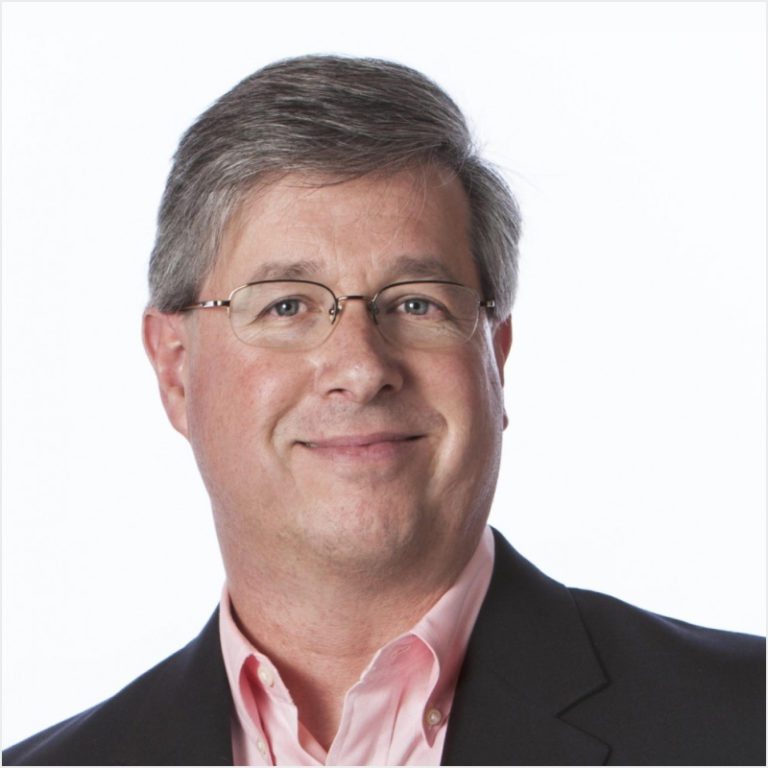The issues facing higher education are challenging and complex, to say the least.
Heightened by the recent presidential debate, the national conversation about the cost of higher education and its value continues with new fervor. With 2017 college graduations behind us and a new crop of high school graduates ready to enter college this September, I have been thinking about how challenging the path to college can be.
I believe that accessibility to higher education is everyone’s responsibility, whether you work in public or independent school education. Ensuring that applying to, attending, succeeding in and graduating from college is a reality for every student, especially at select liberal arts schools, isn’t just a philosophical reflection. It’s a pressing issue. According to the National Student Clearinghouse Research Center, overall college enrollment declined 1.4% from fall 2015 to fall 2016—that’s more than 270,000 students—continuing a slide that began five years ago.
Thankfully, some of the best minds, colleges and universities, philanthropists and recent college graduates are working to address these challenges, particularly the key issue of accessibility.
College Grads Are Helping Higher Education Student Wannabe’s
As a City Year mentor in Columbus, Ohio, my daughter Sarah works directly with underserved students. This AmeriCorps program puts recent college graduates into public school classrooms under the guidance of a senior teacher. Sarah spent her first year learning from her teacher/mentor and tutoring students. This September, she will oversee six to eight new City Year mentors at her assigned school.
Sarah doesn’t work directly on accessibility issues but her students’ future after high school graduation is very much on her mind. Recently, she took one of her students to Kenyon, her alma mater, for the day. It was his first visit to a college campus and Sarah spoke of how it opened his eyes to the possibility of attending college. She shared with me, though, the many hurdles he will face just getting to an application. Again, it’s a complex web of financial need, family expectations, academics, accessibility, etc.
Dedicated, trained college counselors are hardly a given at many urban and rural public schools serving low- to moderate-income students. Typically, the college counselor wears several hats, a stark contrast to the two, full-time counselors at my daughters’ independent school. This team served a much smaller population and one fully expecting (and expected) to apply to a variety of public and private institutions. My daughters and their classmates had access to testing prep, essay-writing workshops, money for application fees—the accessibility list goes on and on.
Visionaries and Organizations Lead the Way to Higher Ed
Yes, my wife and I fully recognize that our daughters are blessed to have had these incredible opportunities and advantages. Many, many students do not. That’s where visionaries like Nicole Farmer Hurd, former dean of fellowships at the University of Virginia, steps in. In 2005, she founded the College Advising Corps to place recent college graduates from 24 selective private colleges and public universities to serve as college counselors in public high schools serving lower-income neighborhoods. Many of the current 600 Corps members represent the diversity of the students they serve in the 600 high schools where they are assigned. A May 21, 2017 New York Times article, Bringing the Dream of an Elite College to Rural Students, followed the story of a young counselor and the students she’s helping.
Access to higher eduction, especially to select colleges, is crucial, no matter a student’s zip code. Another key program is the American Talent Initiative, funded by Bloomberg Philanthropies. To date, 30 public and private colleges and universities have joined ATI to expand access and opportunity for talented low- and moderate-income students. The goal is to graduate an additional 50,000 lower-income students and reach 270 member schools by 2025.
The Coalition for Access and Affordability and Success also is doing impressive, important work to decrease the barriers many lower-income students face when applying to and enrolling in selective colleges. To date, the Coalition has 90 member colleges and universities.
This year, Kalix Marketing is donating one percent of its profits to The Baltimore Educational Scholarship Trust (BEST), a Baltimore nonprofit which places connects Baltimore area African-American students with financial need to 19 of Baltimore’s top independent schools, offering academic and financial support as well as leadership and character development. BEST also addresses access issues. It’s exciting and humbling to be part of a collective, national effort to address what is certainly a many-layered issue. But it’s a problem we need to solve together.
Jonathan Oleisky is President of Kalix Marketing.


